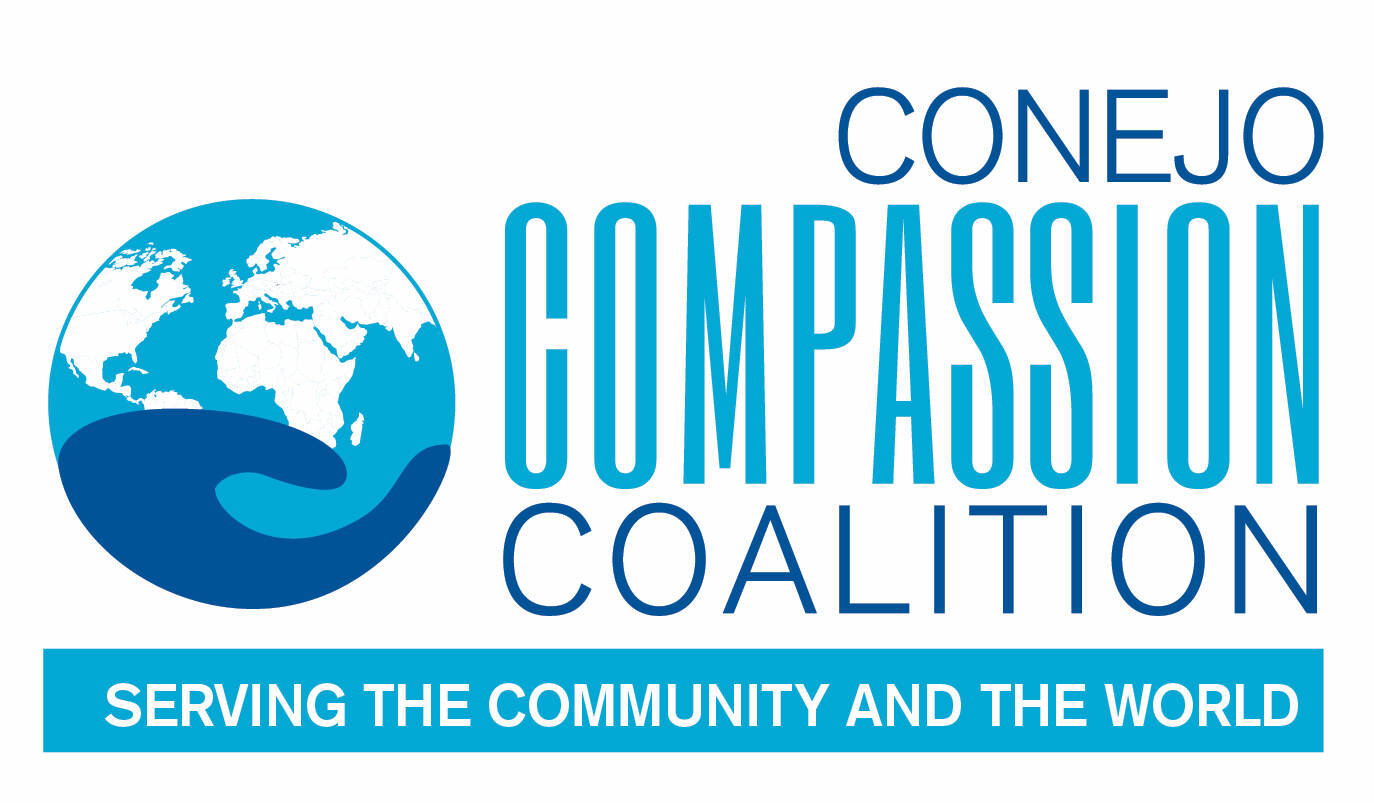
Rebuilding Homes in Haiti
The Conejo Compassion Coalition has been rebuilding homes in Haiti since the 2010 earthquake that devastated this island nation. In the months following the earthquake, Conejo Compassion Coalition formed a partnership with a small Haitian based NGO called Rebati Kay-la. Soon a community based organization called l’Association pour l’Entraide et le Development des Communautés Haïtiennes (AEDCH) was added to the partnership. This triumvirate set about the task of rebuilding homes for the poorest of the families impacted by this tragedy. The families assisted in this program reside in the mountains surrounding the capital city of Port-Au Prince. These areas were heavily damaged by the earthquake, but have been largely neglected by government programs and large NGOs. Since the earthquake, most of these families have been living in makeshift shelters constructed from scraps of tin salvaged from homes destroyed by the earthquake.
Madame Esperance and her daughter in front of their makeshift living quarters.
Kombit
The team adopted an approach that is based on Haitian values, rather than imposing processes and values from the developed world. If homes are being constructed or repaired in a given area, families are encouraged to work together in what is called “Kombit,” a concept akin to that of barn raising, where neighbors pitch in and work together to complete the homes. Our goal is to build a spirit of mutual support and cooperation in these communities that will continue long after the homes have been rebuilt.

AEDCH, which is comprised of Haitian tradespeople, is the organization responsible for the actual construction of these homes. The first homes that were constructed used concrete block, reinforced with vertical and lateral rebar in a construction technique called “confined masonry.” This technique had been proven in other countries to be both earthquake and hurricane resistant.
Emerging Issues
While constructing the first two homes, we discovered that access to clean drinking water was a major issue for these families. Madame Micheline described the ritual of walking for an hour to reach the closest source of clean water, and then walking back home for an hour carrying a five gallon bucket of water. In response to the need for potable water, we changed the design of the houses to include gutters and a cistern to capture rainwater during the rainy season. This water, which could be made potable through boiling or the addition of certain readily available chemicals, would last families for much of the year.
Ferrocement….this changes everything
The first six homes in the production phase were constructed using concrete block, reinforced with vertical and lateral rebar in a construction technique called “confined masonry.” However, on the seventh house, CCC and our Haïtian partner, AEDCH, introduced a new construction technique to the Haïtian landscape.
Over the last several years, our team under the leadership of Judith D’Amico, has been researching ferrocement construction. This technique has been used extensively in India and in many other countries around the world. There is empirical evidence that homes constructed of ferrocement have the ability to withstand earthquakes as well as confined masonry, and stand up as well or better in hurricanes.
Ferrocement is a type of steel-reinforced concrete. The reinforcement includes reinforcing bars, welded wire, and mesh, together known as the armature. The layers are close to each other, allowing for thin shells that carry loads uniformly. A concrete mixture is worked into the armature by hand, like plaster. Significant labor is required to setup the armature skeleton, attach the mesh layers, and pack the concrete. There is more steel and less concrete used as compared to traditional reinforced concrete.
In addition to structural integrity, the ferrocement homes offer the advantage of lower cost and increased hurricane resistance, due to an integrated concrete roof, as opposed to tin sheets used in previous construction.










